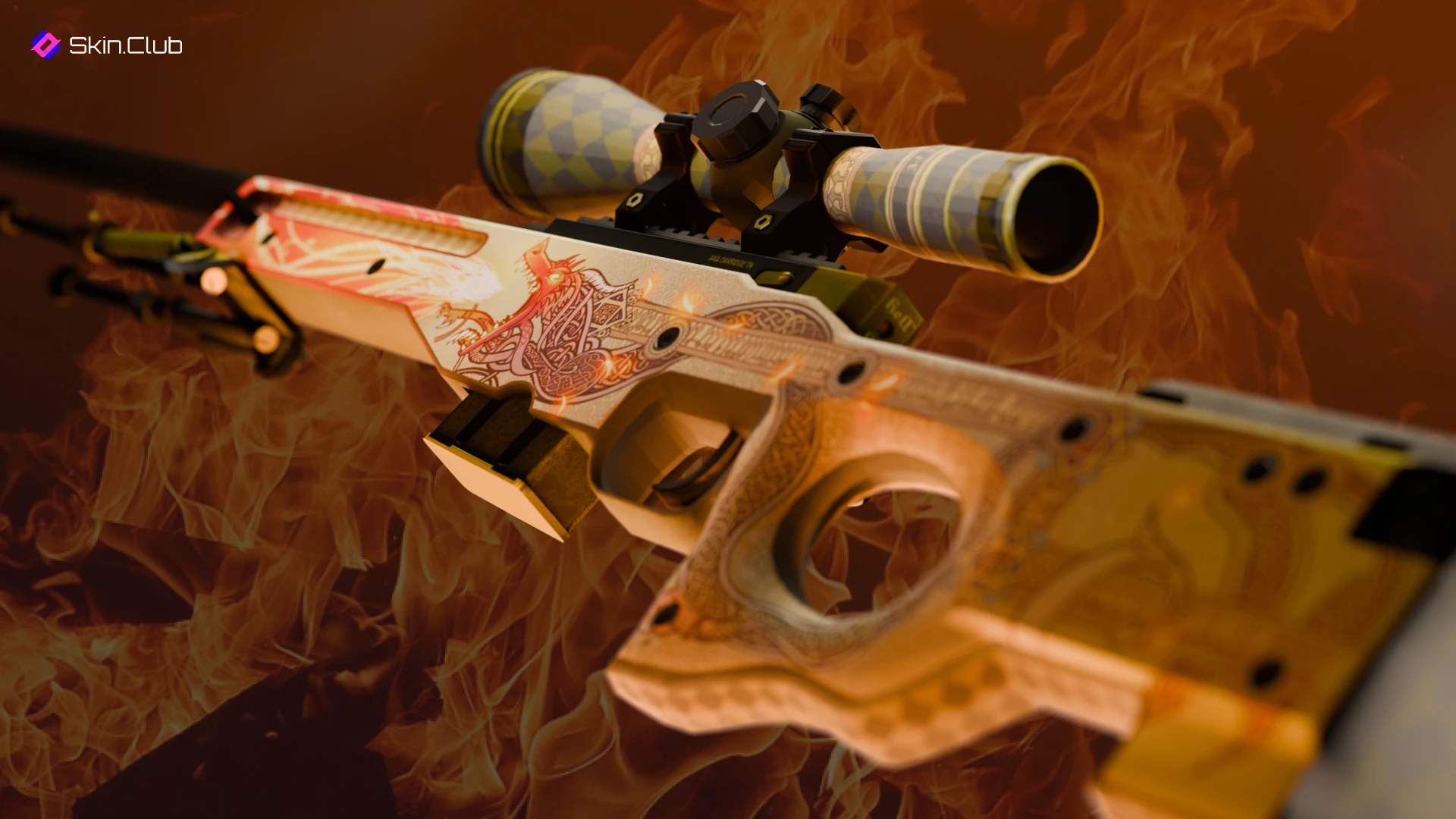Esports has grown into a full-spectrum culture—competition, broadcast craft, visual design, and live events—where creative choices shape how fans experience a match long before the first round begins. Counter-Strike 2 skins sit at the center of that creative layer. They are digital artworks that travel with players from server to stage, turning a tactical shooter into a moving gallery. For a readership that values high standards in design and event quality, skins offer a practical lens: how can teams, venues, brands, and platforms convert this creative energy into programs that elevate production values, showcase artists, and make events run smarter and cleaner?
Rather than dwelling on polarizing debates, the focus here is forward-looking: how skin culture can power artist showcases, modular stagecraft, and content formats that reward craft and reduce waste. The throughline is simple—treat the visual language of CS2 as cultural capital and build experiences around it.
Beyond cosmetics: How skins shape modern viewing
Skins succeed because they weave story into a competitive title without altering gameplay. A finish or pattern becomes a personal signature; a collection becomes a curated display. Streamers transform the “reveal” into shared theatre; illustrators and Workshop creators turn source files into lore; tournament crews tie those motifs into broadcast packages, lower-thirds, and interstitials. The effect is cumulative. Viewers do not just watch tactics; they read a show’s visual identity across player intros, desk segments, and arena signage.
This is why the skin layer matters to production teams and partners. It offers a coherent palette that can be remixed across screens and spaces: themed lighting for analyst desks, projection-mapped textures on scenic pieces, and graphic packages that echo the season’s featured finishes. Treated as a design system rather than a one-off novelty, skins give events a consistent language that audiences recognize and remember.
Case opening as a stage for creativity
The moment a case opens has become a ritual in CS2 content. It is suspenseful, easy to grasp, and endlessly remixable for streams and short-form video. Framed as a creative stage—rather than a transactional gimmick—it can spotlight artists and event craft. Many fans discover new finishes, motifs, and colorways through CS2 case opening, which keeps the visual conversation fresh and gives creators a reason to experiment with palette, typography, and texture. Event planners can harness that curiosity by building micro-exhibitions around the featured aesthetics: large-format prints of the concept art, short featurettes about the pipeline from sketch to render, and on-site kiosks that let visitors explore material breakdowns and lighting tests.
A reveal can also serve as structured storytelling. Pair the on-screen moment with a brief designer note—what inspired the gradient, how edge wear was tuned for readability, why a certain motif fits the weapon’s silhouette. These touches turn a random reveal into a design showcase, giving viewers insight into the craft while keeping the energy of the moment intact.
Principles for positive engagement
-
Explain mechanics in plain language. Short text blocks and simple icons can outline how items are created, curated, and showcased across broadcasts and events. Clear explanations make the experience welcoming to newcomers and reduce confusion for regulars.
-
Design for pacing and rhythm. Give the reveal room to breathe. Interleave openings with quick creator interviews, work-in-progress timelapses, or lighting comparisons that teach viewers how materials read under different scenes.
-
Celebrate range, not just the rare. Mid-tier designs often show strong color discipline and pattern ingenuity. Rotate them into features so audiences see the craft spectrum, not only the headline items.
-
Keep it community-first. Invite fan art submissions around a seasonal theme, curate the best entries, and recognize contributors with credits on broadcast or gallery placement in the event app. Non-monetary recognition keeps the focus on craft and participation.
Greener shows, sharper aesthetics
Big esports shows do not need big piles of scrap at teardown. Skins make modularity natural because they provide surfaces worth reusing. Scenic pieces can be built as neutral frameworks and “re-skinned” using interchangeable fabric sleeves or projection mapping that keys to the season’s visual set. Lighting plots can embrace efficient fixtures and scene presets that reserve the brightest looks for finals while keeping analysis desks calm, legible, and power-light. Signage can shift from single-use banners to reusable frames, with quick-change overlays for sponsors and event themes.
Digital mementos complete the loop. Instead of plastic trinkets, events can offer downloadable wallpapers, AR filters modeled on featured finishes, and limited-edition profile frames inside event apps. The fan still leaves with something tangible—just not something destined for a drawer. The visual identity remains strong while materials and power use trend downward, a win for both production value and footprint.
The creator pipeline, demystified
A strong creator ecosystem builds durable fandom because it turns spectators into participants. Demystifying tools and workflows opens the door. Start with concepting: mood boards that blend regional motifs, textile references, and surface rhythms suited to CS2 silhouettes. Move into model alignment: respecting seams, maintaining readability at game distance, and balancing detail so it pops without clutter. Texture and finish follow—weathering, metallic edge highlights, and how in-engine lighting shifts perceived color. Iteration is where most designs find their voice: peer feedback, small changes to wear masks, and test renders on different backgrounds. Submission caps it with disciplined packaging—clear thumbnails, concise descriptions, and tags that help curators discover what makes a piece sing.
For teams building programming around education, the process itself becomes content. Short clinics on UV layouts; side-by-side comparisons of PBR material tweaks; “palette diaries” that show how a two-hue challenge can produce surprising harmony. For technical context, the Counter-Strike 2 Workshop Tools guide on the Valve Developer Community outlines the toolchain and common workflows used by creators, giving audiences and aspiring artists a reliable reference point.
Measuring what matters
Success here is multi-dimensional and human-scaled. Diversity among creators signals reach and freshness; a season that highlights first-time contributors from new regions creates momentum and discovers new voices. Learning outcomes help shape the next slate of clinics and features; quick post-session polls are enough to see which segments taught best. Scene reuse and power presets are easy to log and report internally, and they give production teams hard numbers to guide future builds. Audience sentiment completes the picture; when comments cite palette choices, surface reads, or broadcast polish, the creative emphasis is landing.
These metrics sit comfortably alongside traditional show KPIs because they track quality and craft rather than simple volume. Over time, a scene that consistently features creator stories, modular stagecraft, and clean visual identity tends to see stronger community loyalty and richer content libraries to pull from between events.
Why this approach resonates now
Esports has reached a stage where production values, design language, and audience expectations are converging. Skins are the connective tissue: they live in-game, on the broadcast package, across venue signage, and in the imagination of creators. When the reveal moment is framed as a celebration of art and process, when stages are built to be re-skinned rather than rebuilt, and when creators are invited to share methods as part of the show, the result is a smarter, more memorable circuit. Viewers learn as they watch; venues look sharp without waste; creators gain platforms; and partners gain an identity that extends beyond a single weekend.
The most compelling CS2 moments are crafted, not just played. Treating skin culture as a design system—supported by clear explanations, creator credits, and modular production—turns matches into festivals of visual storytelling. That is the opportunity in front of the scene: elevate craft, streamline shows, and let audiences appreciate how much artistry goes into every frame they see.


